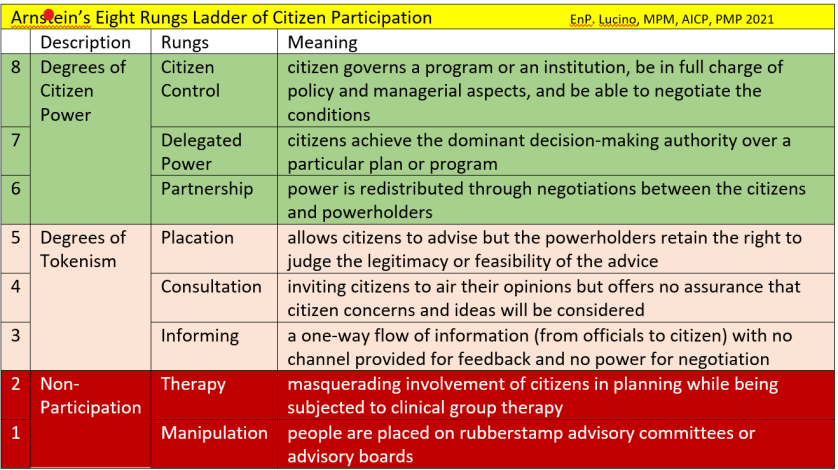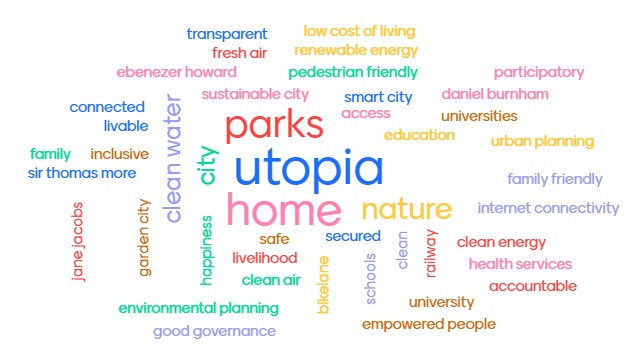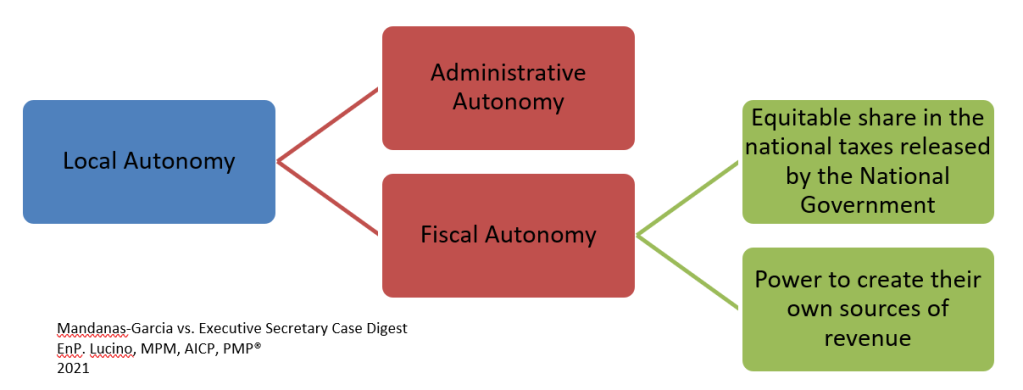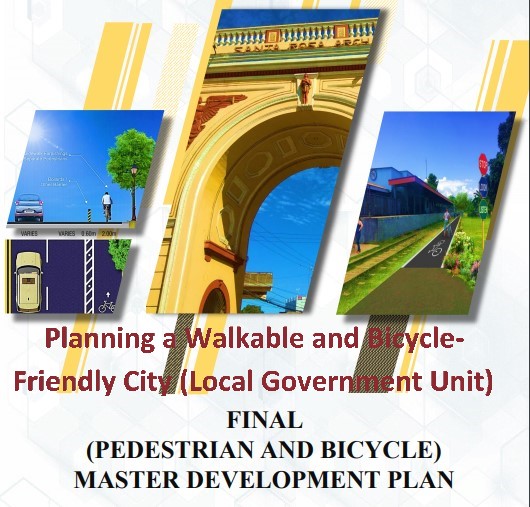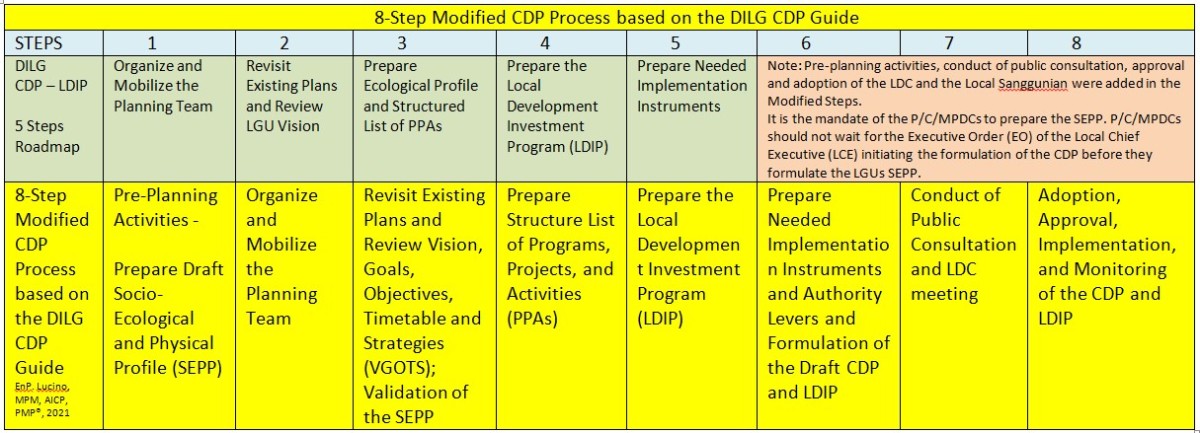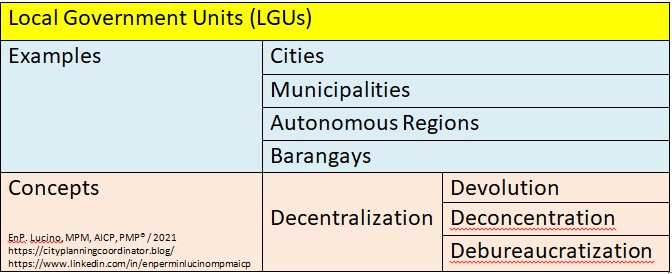Stakeholders participation is one of my favorite topics for several reasons. First is because I served as an elected Barangay Kagawad (Community/grassroot level government) when I was 18 years of age and served for almost 13 years. I relate and I was part of the lowest level of government representing my community. Second is Masters Degree is Public Management major in Local Government and Regional Administration wherein we were taught incessantly the importance of partnerships with stakeholders. Third is I learned about Arnstein’s Level of Participation when I took my Post-Graduate degree in Urban and Regional Planning. I understood why it is an integral part of the planning process. Fourth and last is I am somewhat guilty of setting aside stakeholders’ consultations now that I am a City Planner. This was also pointed out by one of my fellow planners in my one of my blog entries.
In my blog entry – Ten Tips on how to formulate your Comprehensive Development Plan (CDP) without hiring a Planning Consultant, I narrated how our team formulated our CDP without the help of a planning consultant. My objective in that article was to inspire other LGUs who have limited staff and resources that they too can start and finish their CDP without hiring costly consultants. I’m not against consultants – we hire consultants to help us in formulating very technical plans. But in this situation, we need to finish the plan fast for compliance. We tried to follow the guidelines steps using outputs from other plans as inputs. However, in our zeal to finish the plan on time, aside from doing away with outside consultants, we also limited the participation of stakeholders. I plan that this will not happen again in the future.
As planners we tend to sometimes take for granted the importance of public consultation – Soliciting inputs from our constituents. We focused on the technical and theoretical aspects we learned from schools. We want to apply all of them. We feel we know more than our clients. We are licensed urban planners. But to whom are we making all these plans? Who will be greatly affected by our plans? I think, it is fair and also practical to listen and take note of what they want and need and incorporate them in the plan or project.
Who are these stakeholders? This is a very tricky and controversial question. And we are all entitled to our opinions (so let us not argue). It all depends in your context. I’ll just enumerate some of the possible list of stakeholders based on my experience as follows: national and local elected officials, other government agencies, non-government organizations, professional and private organizations and institutions, religious and community groups, influential people in your neighborhood, indigents (poor communities), disadvantaged groups like persons with disabilities, senior citizens, women, youth, children, and the future generation (our future grandchildren) – they are also stakeholders, among others. The mix of your stakeholders depends on the plan or project. I cannot give you a guide on how to choose them because it is context based. Usually, I look for organized groups and ask their President or secretary to participate in a meeting / consultation. How about the children and future generation – who will represent them? As planner, I suggest you yourself should think of them and become their advocate when formulating plans and implementing projects.
Arnstein’s Eight Rungs on a Ladder of Citizen Participation
What it is public participation? There are many templates but I’ll just discuss the basic level of participation of Arnstein. According to Arnstein, participation of the governed in their government is, in theory, the cornerstone of democracy. It is a revered idea that is vigorously applauded by virtually everyone. Citizen participation for her is citizen power. Citizen power is the redistribution of power that enables the have-not citizens, presently excluded from the socio-political process, to be deliberately included in the future. It is the strategy by which the powerless join in determining how information is shared, goals and policies are set, budgets are allocated, programs are operated, and benefits like contracts and patronage are parceled out. In summary, it is the means by which the powerless can induce significant social reform which enables them to share in the benefits of the affluent society.
Arnstein identified, enumerated and described the Eight Rungs on a Ladder of Citizen Participation from her observation from 1,000 Community Action programs involved in the 150 Model Cities programs in late 1960s.
The bottom rungs of the ladder are (1) Manipulation and (2) Therapy and aptly described as non-participation. The objective of Manipulation and Therapy is not to enable people to participate in planning or conducting programs, but to enable powerholders to “educate” or “cure” the participants.
(1) Manipulation are when in the guised of participation, people are placed on rubberstamp advisory committees or advisory boards for the sole purpose of “educating” them or engineering their support. It shows the distortion of participation into a public relations vehicle by powerholders. It is used to “prove” that “grassroots” people are involved in the program.
(2) Therapy is when the government administrators which are mental health experts (from social workers to psychiatrists) assume that powerless is synonymous with mental illness. Under a masquerade of involving citizens in planning, the experts subject the citizens to clinical group therapy. It is both dishonest and arrogant. The participants are brought together to help them “adjust their values and attitudes to those of the larger society.”
Rungs (3) Informing, (4) Consultation, and (5) Placation are in the level of “Tokenism”. In this level, the have-nots are allowed to be heard and have a voice. However, they still lack the power to insure their views will be heeded by the powerful. There is no followthrough, no “muscle”, hence no assurance of changing the status quo. It allowed have-nots to advise, but retain for the powerholders the continued right to decide.
(3) Informing emphasizes on a one-way flow of information (from officials to citizen) with no channel provided for feedback and no power for negotiation. The most frequent tools use for such one-way communication are the news media, pamphlets, posters, and responses to inquiries.
(4) Consultation is when the government invite citizens to air their opinions. However, if consulting them is not combined with other modes of participation, it is still a sham because it offers no assurance that citizen concerns and ideas will be considered. The most common methods are attitude surveys, neighborhood meetings, and public hearings.
(5) Placation allows citizens to advise but the powerholders retain the right to judge the legitimacy or feasibility of the advice. An example of a placation strategy is to place a few hand-picked “worthy” poor on committees or public bodies. The degree to which citizens are actually placated depends on two factors: (a) the quality of technical assistance they have in articulating their priorities; and (b) the extent to which the community has been organized to press for those priorities. In placation, people are being planned for and the major planning decision s are being made by the powerholders.
In the higher rung of the ladder is the Degrees of Citizen Power. (6) Partnership enables the have-nots to negotiate and engage in trade-offs with traditional powerholders. (7) Delegated Power and (8) Citizen Control are situations wherein have-nots obtain the majority of decision-making seats, or full managerial power.
(6) Partnership happens when the power is redistributed through negotiations between the citizens and powerholders. They agree to share planning and decision-making responsibilities through such structures as joint policy boards, planning committees and mechanisms for resolving impasses. Partnership can work most effectively when there is an organized power-base in the community to which the citizen leaders are accountable; when the citizens group has the financial resources to pay its leaders reasonable honoraria for the time-consuming efforts; and when the group has the resources to hire (and fire) its own technicians, lawyers, and community organizers.
(7) Delegated power is characterized when the citizens achieve the dominant decision-making authority over a particular plan or program. The citizens assure accountability of the program. To resolve differences, powerholders need to start the bargaining process rather than respond to pressure from the other end. Citizen may hire its own planning staff and consultants. Some uses citizen veto if difference of opinion cannot be resolved through negotiation. Examples of powers delegated are policy-making, hiring and firing, and issuing subcontracts for building, buying or leasing.
(8) Citizen Control is when the citizen governs a program or an institution, be in full charge of policy and managerial aspects, and be able to negotiate the conditions. One example is a neighborhood corporation with no intermediaries between it and the source of funds. There is no one in the nation who has absolute control.
Application of the Eight Rungs of Participation in Local Government Units
Republic Act 7160 or the Local Government Code of 1991 mandates Local Government Units to include civil society organizations (CSOs) in local special bodies (LSB) or committees. The Code states that the presence of CHOs should not be lower than 25% of the total membership of an LSB. This ensures that CSOs are represented in LSBs.
The Local Development Council is the planning council of an LGU. 25% of its members should come from the CSOs. But how do we choose which CSOs would become a member of the council?
Department of the Interior and Local Government (DILG) released Memorandum Circular No. 2019-72 on May 22, 2019 entitled Guidelines on Accreditation of Civils Society Organizations and Selection of Representatives to the Local Special Bodies. In the guidelines, all CSOs will be called to a meeting and would elect among themselves their representatives in various LSBs including the Local Development Council.
DILG MC No. 2019-72
In our city, our office assisted the DILG in inviting the CSOs and the conduct of the program. The CSO themselves voted and identified their representatives. The process is very transparent.
Based on the Eight Rungs of Participation, the membership of the CSOs on the LSBs fall in the Placation level. They have the power to advise but the majority and later the local sanggunian(council) retain the right to judge the legitimacy or feasibility of the advice.
There is an attempt and a past program of the national government that resembles the Delegated Power rung in the Eight Rungs of Participation. I believe the years were 2013-2016 when the national government implemented the Bottom-up Budgeting (BUB) program. In the program, the LGU organized the CSOs and the CSO elected their officers. A specific fund from the national government was downloaded to the LGU for the program. The CSOs chooses from a set of project menu the projects they want implemented given that the fund is already promised and available. A series of capacity building activities were conducted to the CSOs. The CSO chose their preferred projects.
The CSOs thought that the budget for the projects would be directly sent to their bank accounts, in effect most of them opened a bank account. They also thought that they themselves would conduct their own bidding process and chose the supplier or company that will supply/construct their projects. In the initial stages, I felt that the national government is also trying to figure out how it will be implemented. I also feel uncomfortable because of the accountability issue. Are CSOs accountable for the money that will be downloaded directly to them? What is the accountability of the LGU?
A series of memoranda (DBM-DILG-DSWD-NAPC JMCs) from the national government finally cleared things out. The LGU is still accountable. The projects shall undergo government policies and accounting procedures. The BUB projects shall be implemented by the concerned department of the LGU. The role of the CSOs were reduced to choosing the projects, beneficiaries, and monitoring. However, the BUB program resembled Delegated Power rung wherein the citizens achieve the dominant decision-making authority over a particular plan or program.
People’s Participation during the Pandemic
Government programs and projects did not stop during this pandemic. Priorities changed but the implementation of the projects continued. Planning activities continued. The question is “how do we ensure people’s participation during the pandemic when most people are not allowed to go out due to lockdowns or quarantines?”
What we did is made use of technology. We conducted online meetings via Zoom or Google meet platforms. We conducted the annual investment planning (AIP) workshops via the same platform. However, it is my personal opinion that such online meetings are limited. It cannot replace the small talks related to work, and the ease of discussing related or other matters observed during physical meetings.
Following the thinking of Arnstein wherein the have-nots are at a disadvantage in citizen’s participation, it is obvious that the pandemic and the use of technology further alienated them from participating.
Not all people have mobile phones and laptops nor resources to pay for internet services. Some are not adept in the zoom or google meet app. Others do not even have email addresses.
Government should conduct activities capacitating CSOs in the use of this technology. But how can government capacitate them when the mode of training is done via the platform that we want them to learn. This is quite tricky. I also do not have the answer on this issue. I just hope that the pandemic would end soon and we’ll all go back to normal or new normal wherein we can conduct meetings in person.
When I present in meetings, I always end my slides with the quote from Abraham Lincoln:
“government of the people, by the people, for the people”
I then partnered it with this quote:
“planning of the people, by the people, for the people”
If you have any comments, inputs, reactions or suggestions, feel free to comment in the comment section. I wish you and your family good health during this pandemic.
Reference: Arnstein, Sherry R.(1969) ‘A Ladder Of Citizen Participation’, Journal of the American Planning Association, 35: 4, 216 — 224


